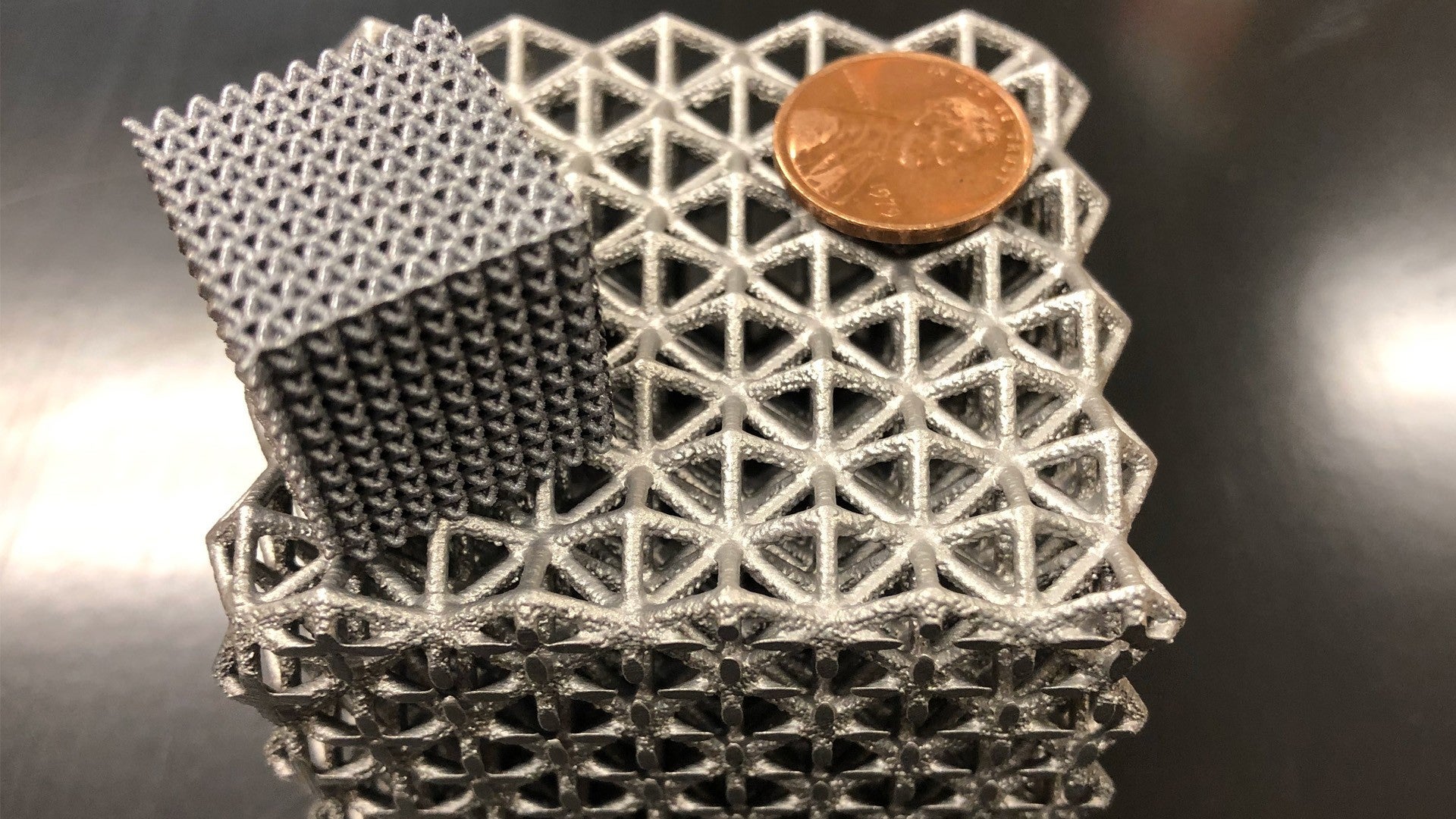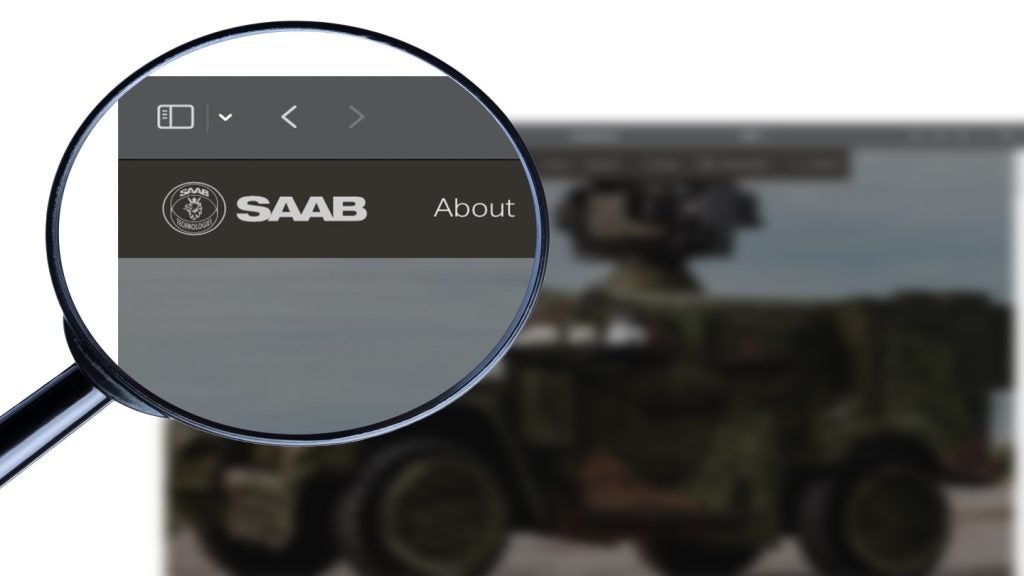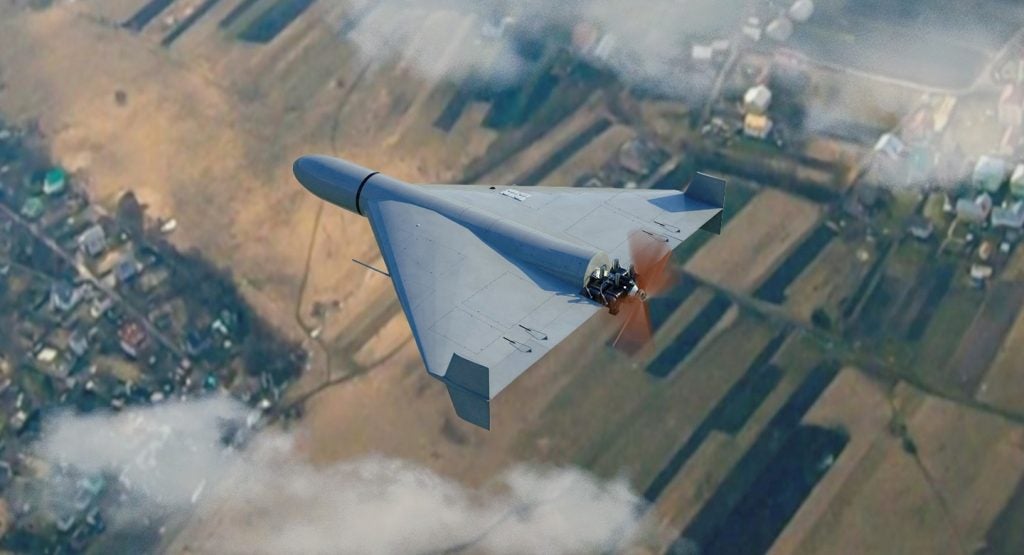
A team of US Army researchers and academic partners from the University of Central Florida (UCL) have optimised the 3D printing process to deliver lightweight components for future soldiers.
The partnership optimised the printing process for the additive manufacturing of a high-strength magnesium alloy called WE43 to enable the delivery of lighter military equipment.
DEVCOM Army Research Laboratory 3D printing metals lead researcher Dr Brandon McWilliams said: “We used a magnesium alloy known as WE43, which has only been successfully 3D printed by a handful of researchers.
“In this work, we optimised the process to achieve higher density than previously reported and used that to produce and characterise lattice structures made up of WE43.”
The findings were published in the peer-reviewed journal Materialia.
The research is aligned with the US Army’s modernisation strategy that seeks to deliver lighter equipment for soldiers.
How well do you really know your competitors?
Access the most comprehensive Company Profiles on the market, powered by GlobalData. Save hours of research. Gain competitive edge.

Thank you!
Your download email will arrive shortly
Not ready to buy yet? Download a free sample
We are confident about the unique quality of our Company Profiles. However, we want you to make the most beneficial decision for your business, so we offer a free sample that you can download by submitting the below form
By GlobalDataAdditionally, studies have indicated that advanced additive manufacturing has the potential to deliver critical parts, reducing logistical bottlenecks.
McWilliams added that he expects that combining advanced lightweight alloys with novel multi-scale structures through additive manufacturing will serve as a key aspect of modernising army weapon systems.
McWilliams stated: “Current systems are too heavy, which increases burden to the soldier, reduces fuel efficiency and degrades mission effectiveness.
“It is my goal as an army researcher to conduct research, which has the maximum chance of success of transition from basic and applied research stage to practical application in order to enable transformational overmatch.”
Now, army researchers will assess the high strain rate and ballistic properties of the 3D-printed materials.
In subsequent stages, the team plans to test the material in different applications such as ultra-lightweight unmanned aircraft system and robotic vehicle components.







